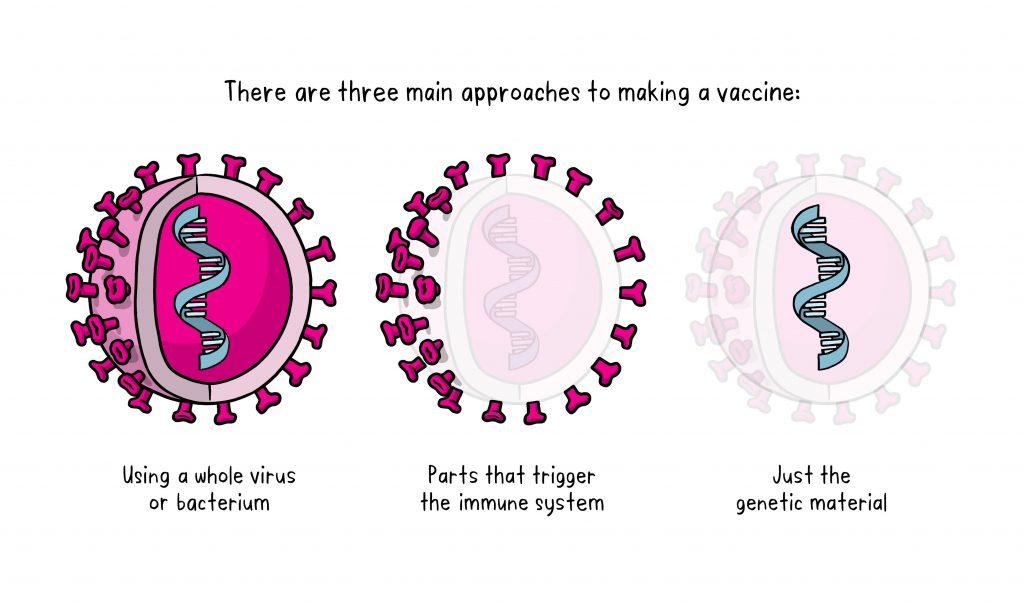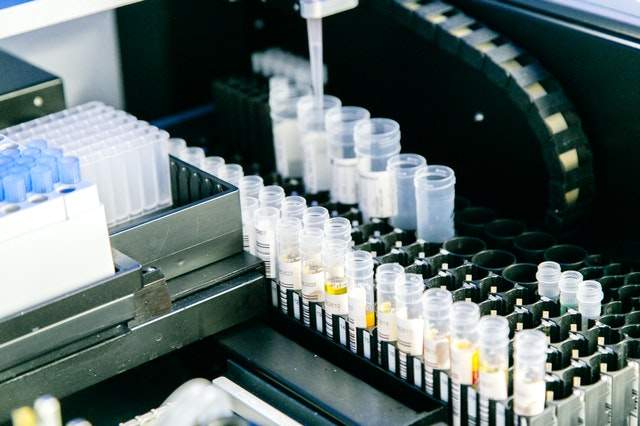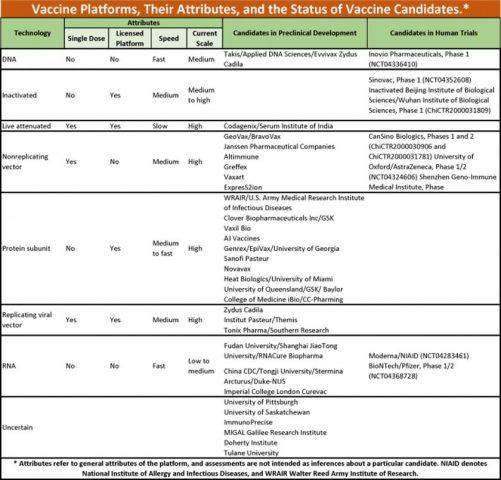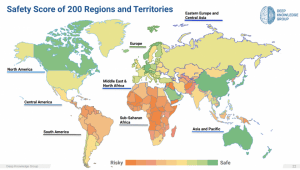|
Listen while working
Getting your Trinity Audio player ready...
|
Vaccination is the administration of a vaccine to help the immune system develop protection from a disease. Vaccines contain a microorganism or virus in a weakened, live or killed state, or proteins or toxins from the organism. In stimulating the body’s adaptive immunity, they help prevent sickness from an infectious disease. Wikipedia
Our body’s immune system provides a comprehensive protective mechanism against pathogens that cause infection. This natural wonder consists of special organs, cells and chemicals that fight infection. The main parts of the immune system are: WBC’s (white blood cells), antibodies, the complement system, the lymphatic system, the spleen, the thymus, and the bone marrow. In majority of cases this system tracks down the pathogenic microorganisms and get rid of them, however, some pathogens can overcome the immune system causing disease.
In majority of cases the pathogens can overcome if our body doesn’t recognize the pathogenicity or in immune compromised people.
Vaccines train your immune system to recognize and create antibodies to eliminate a harmful organism, simulating an exposure to a disease. However, because vaccines contain only killed or weakened forms of germs like viruses or bacteria, they do not cause the disease or put you at risk of its complications.
The first recorded use of vaccination dates back in the 16th century in China. The modern story of vaccines began with the first vaccine developed by Edward Jenner’s use of material from cowpox pustules to provide protection against smallpox in 1796.

Courtesy: WHO
Whole Pathogen Vaccines
This is the oldest and most well-known method of vaccination, in which the disease-causing pathogen is used to produce immune response mimicking a natural infection. It is usually classified into two types.
Inactivated vaccine (killed vaccine) consists of bacteria, virus particles, or other pathogens which are grown in culture under controlled environment, and then killed to destroy disease producing capacity.
Live vaccines (Attenuated vaccine) uses pathogens that are still alive, but their pathogenicity is restricted to control disease. Live attenuated ones may risk causing disease in people with weak immune systems.
Both types use well-established technology and pathways for regulatory approval, the technology is well established, it is suitable for people with compromised immune systems, and are relatively easy to manufacture.
These include Hepatitis A, rabies, Rotavirus vaccine, MMR vaccine, Nasal flu vaccine, Shingles vaccine, Chickenpox vaccine, BCG vaccine against TB, Inactivated polio vaccine, and Hepatitis A vaccine
Approved for COVID19: Sinopharm (BBIBP-CorV and varients) and Sinovac (2doses 21 days apart), intramuscular

Protein Subunits (Subunit, recombinant, polysaccharide, and conjugate vaccines)
The protein subunit vaccine contains only the components or antigens that best stimulate the immune system, rather than the whole pathogen, thereby restricting the risk of potential side effects. The immune response may be weaker requiring an adjuvants, to help boost the immune response.
This type of vaccine is relatively complex to manufacture, as identification of the antigen, its extraction then reducing its pathogenicity is quite difficult. Additionally adjuvants and booster shots may be required to invoke adequate immune response.
These include Hib (Haemophilus Influenzae type-b), Hepatitis B, HPV (Human papillomavirus), Whooping cough (part of the DTaP combined vaccine), Pneumococcal disease, Meningococcal disease, and Shingles vaccines currently in use.
Usual dose: 2, intramuscular
Toxoid Vaccines
Another type of vaccine aims to provoke immune responses against disease-causing proteins, or toxins, secreted by the bacteria, these are termed as Toxoids. They create immunity to the parts of the germ that cause a disease instead of the germ itself. That means the immune response is targeted to the toxin instead of the whole germ.
The toxoid vaccines include Diphtheria and Tetanus.
Viral Vector Vaccines
This type of vaccine introduces a safe, modified version of the virus – known as “the vector” which can trigger an immune response without causing disease. Genetic material from the COVID-19 virus is inserted into a different kind of weakened live virus, such as an adenovirus. The instructions for making particular parts of the pathogen of interest are inserted into a safe virus through advanced techniques. Viral vector vaccines can mimic natural viral infection and therefore trigger a strong immune response. However, previous exposure to the vector could reduce effectiveness.
These include the Ebola vaccine (Ervebo (rVSV-ZEBOV).
Vaccines for COVID19: Oxford-AstraZeneca, Sputnik V (Gamaleya Research Institute)
Number of doses required: 2, intramuscular
Nucleic Acid Vaccines (RNA or mRNA)
Nucleic acid vaccines use genetic material (RNA or DNA) to provide cells with the instructions to make specific antigens. The nucleic acid approach is a new way of developing vaccines. Before the COVID-19 pandemic, none had yet been through the full approvals process for use in humans, though some DNA vaccines, including for particular cancers, were undergoing human trials.
In the case of COVID-19, this is usually the viral spike protein. Once this genetic material gets into human cells, it uses our cells’ protein factories to make the antigen that will trigger an immune response. The advantages of such vaccines are that they are easy to make, and cheap. Presently, no other existing licensed or approved vaccine uses this type of technology.
Advantages include good safety (since there are no live components, there’s no risk of the vaccine triggering disease), reliability, and that it’s relatively simple to manufacture.
Unintended immune reaction, ensuring effective delivery into the body (since free RNA in the body is quickly broken down), storage issues, plus the fact that this type of vaccine has never previously been licensed for humans.
Vaccines include: Pfizer-BioNTech (2 doses 21 days apart, intramuscular), Moderna (2 doses 28 days apart, intramuscular)
Side Effects
The most common side effects after vaccination are mild. They include:
- Pain, swelling, or redness where the shot was given
- Mild fever
- Chills
- Feeling tired
- Headache
- Muscle and joint aches

Photo by Nataliya Vaitkevich from Pexels
Photo by Plato Terentev from Pexels





